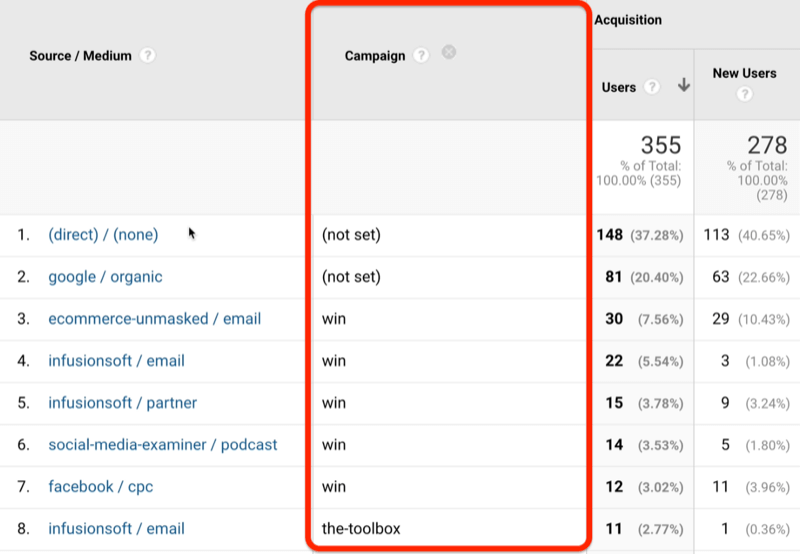Exactly How to Make Use Of Secondary Dimension in Google Analytics for Deeper Insights
Exactly How to Make Use Of Secondary Dimension in Google Analytics for Deeper Insights
Blog Article
Enhance Your Information Analysis Using Additional Measurement in Google Analytics
Discovering the capabilities of secondary dimensions in Google Analytics opens up a world of possibilities for refining data evaluation. The capability to dissect information further beyond the surface area degree provides a nuanced sight that can shape tactical decisions. By layering extra dimensions onto key information collections, an even more complex narrative arises, clarifying customer communications and efficiency indications. This dynamic method to information evaluation holds the vital to unlocking covert patterns and trends that can transform just how businesses analyze their electronic footprint.
Comprehending Second Dimensions
In the world of data analysis, an important facet to grasp is the principle of secondary measurements and their value in extracting deeper insights from Google Analytics reports. Second measurements in Google Analytics refer to extra specifications that can be included to the key measurement, enabling a much more comprehensive evaluation of information. By integrating second measurements, analysts can segment and filter data to discover patterns, patterns, and relationships that might not appear when taking a look at the information in its entirety. These secondary measurements can give context and a more thorough understanding of user habits, traffic resources, and various other vital metrics tracked by Google Analytics.

Benefits of Using Second Dimensions
When examining data in Google Analytics, the utilization of additional dimensions supplies indispensable understandings right into customer behavior and performance metrics. By adding a second measurement to your primary information, you can dig much deeper right into the features of your website site visitors and their communications.
Furthermore, second measurements assist in identifying patterns and correlations that may not be instantly noticeable when taking a look at the information alone. This deeper degree of evaluation can uncover beneficial information that can lead advertising and marketing methods, web site optimization, and total company decisions. Furthermore, second dimensions boost the context of your primary information, offering an extra thorough view of individual involvement and performance metrics. On the whole, the use of additional measurements in Google Analytics can considerably improve the depth and quality of your information analysis, bring about more educated decision-making and enhanced end results.
How to Include Secondary Measurements
By including secondary dimensions in Google Analytics, individuals can obtain deeper insights into their information analysis process, allowing for more comprehensive analysis of customer habits and performance metrics. Including secondary measurements is a straightforward process that can substantially enhance the depth of evaluation. As soon as in the report, situate the "Additional dimension" tab over the information table.
Studying Data With Second Measurements
Using secondary dimensions in data evaluation supplies a more thorough understanding of customer behavior and efficiency metrics. By adding a secondary measurement to your main data embeded in Google Analytics, you can dig deeper right into the characteristics of over here your internet site site visitors and their interactions. As an example, combining the primary measurement of 'source/medium' with the second measurement of 'landing page' can reveal which specific pages are drawing in traffic from different resources, assisting you optimize these web pages for better engagement.

Basically, evaluating data with additional dimensions empowers you to obtain valuable understandings into customer behavior, determine patterns, and make informed choices to enhance the efficiency of your digital properties.
Ideal Practices for Additional Dimensions
In data analysis, integrating second dimensions properly can substantially boost the deepness of understandings originated from metrics and customer actions patterns. When making use of secondary measurements in Google Analytics or see this site any kind of other analytical device, it is crucial to abide by ideal techniques to make sure the precision and relevance of the information evaluation.
One trick best method is to carefully pick second dimensions that complement the primary dimension being examined. Picking secondary dimensions that offer extra context or further division can offer a much more extensive understanding of the information. It is additionally important to avoid overcomplicating the analysis by consisting of a lot of additional measurements, which may result in confusion or dilution of understandings.
Furthermore, it is recommended to explore different combinations of main and secondary dimensions to discover brand-new correlations and trends. Regularly evaluating and fine-tuning the option of second measurements based upon the certain objectives of the evaluation can cause even more workable understandings. By following these finest methods, information experts can utilize secondary dimensions effectively to enhance the total information analysis process and decision-making capacities.

Conclusion
In conclusion, including secondary measurements in Google Analytics is essential for a thorough data analysis method. By leveraging second dimensions along with key ones, analysts and marketing experts can discover beneficial understandings and relationships that can notify decision-making and maximize electronic marketing methods. Understanding just how to successfully use additional measurements and adhering to ideal methods will permit experts to draw out purposeful data and enhance their total performance metrics.
Secondary measurements in Google Analytics refer to added specifications that can be added to the primary measurement, enabling for a much more comprehensive analysis of data. By integrating additional measurements, experts can section and filter data to reveal patterns, fads, and connections that might not be evident when find more info looking at the data as a whole. Integrating the primary dimension of 'source/medium' with the additional dimension of 'landing page' can disclose which particular web pages are attracting web traffic from different sources, assisting you maximize these web pages for much better interaction.
One secret best practice is to carefully select secondary measurements that match the main measurement being analyzed. By following these best techniques, information experts can utilize additional measurements effectively to enhance the general information analysis process and decision-making capabilities.
Report this page